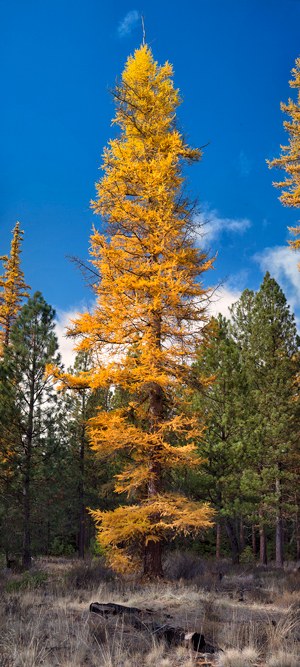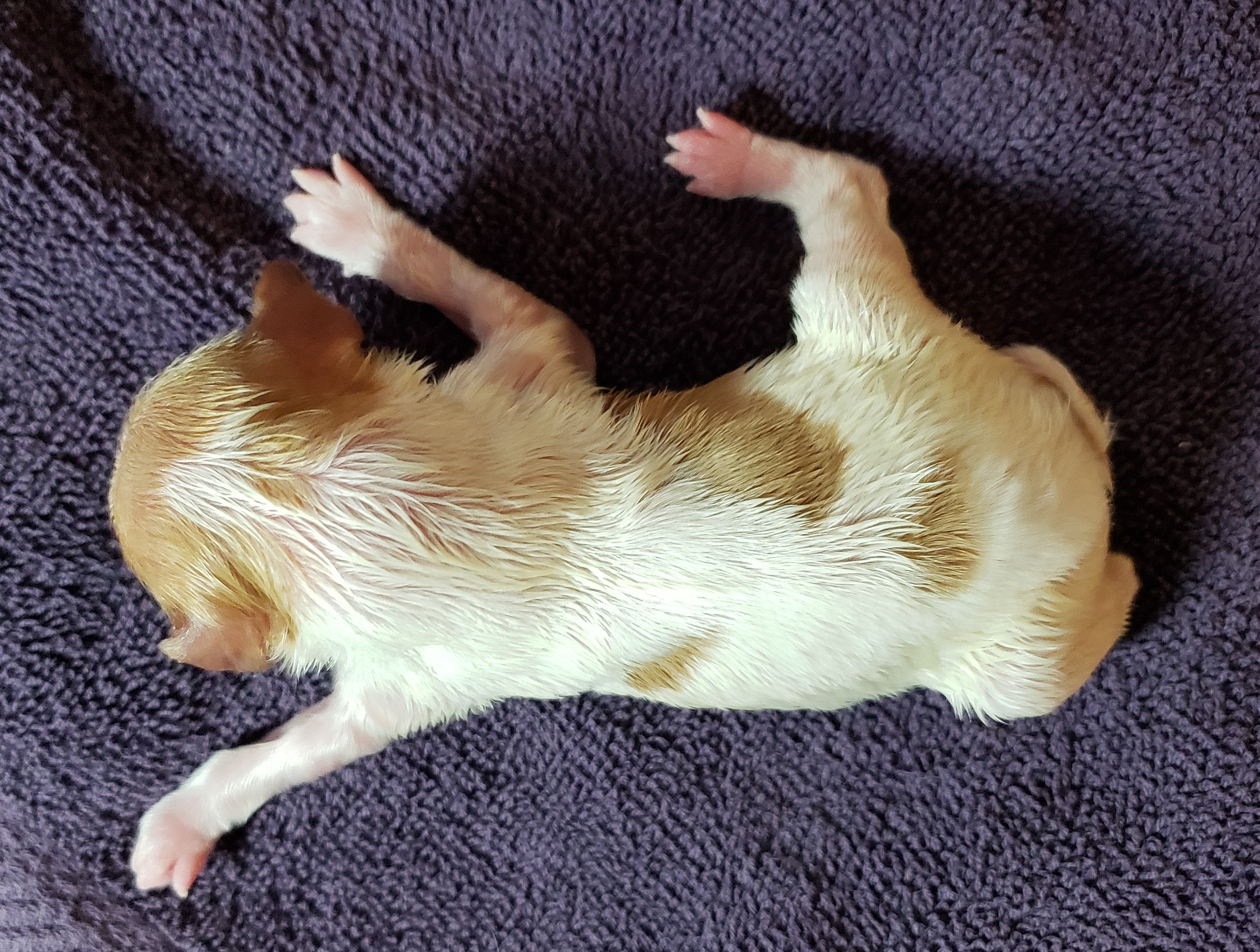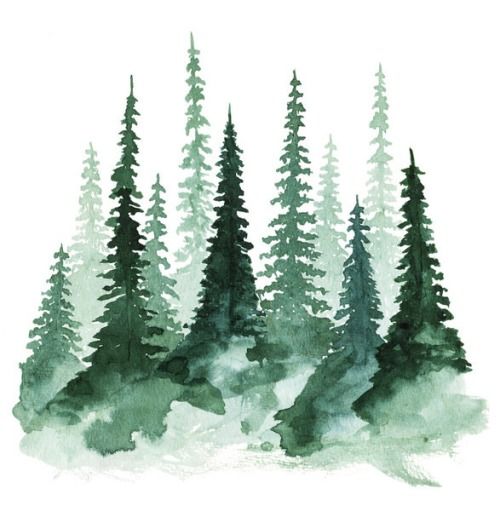 BRITTANY LINKS - HOME - OUR BRITTANYS - OUR HISTORY - BRITTANY PUPPIES - PLANNED BREEDINGS - MT WAR ON WEEDS - BIRD HUNTING - AKC FIELD TRIALS - AGILITY - AKC CONFORMATION SHOWS - HAPPY HUNTERS/FAMILY - MONTANA BRITTANY CLUB - AKC HUNT TESTS
|
||||
| The Pups: 1. Male: Whitey 2. Female: Sandy (nb) 3. Female: Tamara (nb) 4. Male: Doug (nb) 5. Female: Sitka 6. Male: Coulter (nb) 7. Female: Shore (nb) 8. Female: Lacey 9. Male: Jack Please remember, we are Brittany Fans! but, not great photographers... :^) |
 Tamarack or western larch Larix occidentalis Photo from:
https://www.deschuteslandtrust.org/news/blog/2017-blog-posts/western-larch,
by Jay Mather.
Larch, also known as tamaracks*, are one of the most remarkable trees of the pine family. After the leaves of aspen and other deciduous species fade and die in autumn, the larch turn gold—one of the few conifers to do so. (So strange is this transformation to some of us who did not grow up in tamarack country that I actually thought the forest was dying during my first autumn in northwestern Montana.) These so-called “evergreens” are deciduous conifers, whose needles lose their chlorophyll, revealing yellow xanthophyll pigments, and then drop to the ground. In fall, every tamarack forest byway becomes a yellow brick road down which you can skip in a haze of glowing splendor. Even on cloudy days, the roads and trails seem sun-struck by the tiny needles, which reflect light yet seem illuminated from within. All winter the tamaracks stand bare and dark, with bear-hair lichens draping their branches like shrouds. When spring arrives the soft, new needles emerge and create a chartreuse lacework in the treetops. For three or four weeks, the tamaracks’ pale green needles distinguish them from the rest of the forest. The needles gradually darken and blend with the other evergreens until October, when once again they light up the woods and trails in a golden glow. From: http://fwp.mt.gov/mtoutdoors/HTML/articles/portraits/tamarack.htm. |
|||
| BRITTANY PUPPIES Past Litters Back to Turah x Tempo Puppy Page | ||||
| 6-29-19: Wt. 1,700g. |
||
| 6-22-19:
Wt. 1,384g. |
||
| 6-15-19: Wt. 1,162g. |
||
| 6-8-19:
778g. |
||
| 6-1-19: 650g. |
||
| 5-26-15: 334g She
is growing well despite her size. |
||
 Photo taken on day of birth. 5-18-19. Birth weight 172g. Smallest female, 4 spots. Orange and white Brittanys are born with very light colored spots and blue eyes (eyes are of course closed at birth but soon open). The spots and eyes will darken over time to the same color as the parents. |
||
Warbonnet Brittanys Puppy Contract - Choosing A Brittany - Breeders Code Of Ethics - I Want A Brittany - Responsible Breeders - Breed Standard - American Brittany Rescue - A Responsible Breeder Should Brittanys have not been called the "Brittany Spaniel" since the 1980's. |
||
